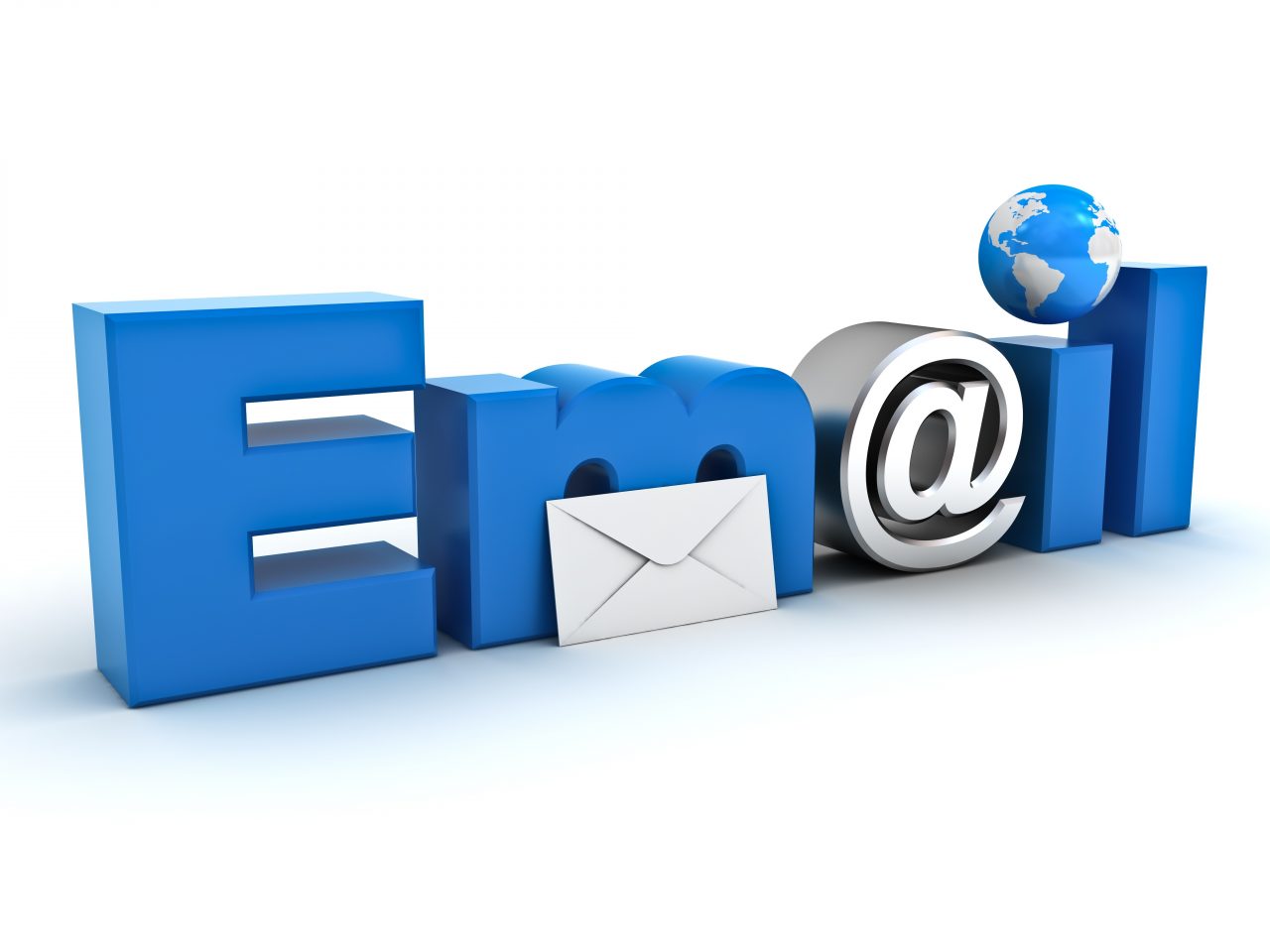What Are Windat Files?
Last month on our Understanding Files post, reader Larry left the following question in the comments: I often get information in a windat file which I cannot open. What is this and how can I access the information in it? Thanks for reading, Larry, and for sharing your question. Let's do our best to answer it.
Last month on our Understanding Files post, reader Larry left the following question in the comments:
I often get information in a windat file which I cannot open. What is this and how can I access the information in it?
Thanks for reading, Larry, and for sharing your question. Let's do our best to answer it.
When you say a “windat file” I believe your referring to a Winmail.data file. This type of file sometimes is referred to as a T.N.E.F file (Transport Neutral Encapsulation Format). T.N.E.F is the technical term for the format that Microsoft Outlook uses. This type of mail attachment uses rich text format. Rich text format displays images in many different text styles, fonts, and colors within in the message or attachment.
Email programs handle message formats in several different ways. A lot of times messages sent from Microsoft Outlook, Microsoft Exchange, Windows mail and Windows Live mail arrive with a Winmail.dat attachment. These are the only mail clients that support rich text format. If your personal mail system is not set up to handle rich text, it will not display. Most email systems use plain text formatting.
When a receiver whose client doesn’t support rich text format gets a message that has a Winmail.dat attachment, it could be the case that any other attachment that got sent with the message will be within the Winmail.dat file as well and therefore inaccessible for the receiver. Basically, the person who is emailing you is using Microsoft Outlook and there are parts of the message that can only be accessed with Outlook.
Here are some suggestions on how to open the Winmail.data file:
1) Ask the sender of the message to change their Outlook mail settings and resend the message in plain text format. There are several ways this can be done in Outlook. If the person sending the message does not want to change the format for every email he or she is sending they can set it up so that it just sends you the message in plain text format. The direction on how to make that change can be found (here) under method 3. This can be an inconvenience (if the email is business related, for example, you probably don’t want to bother your client).
2) You can right-click the file and open it in Microsoft Word; the top half of the screen will be filled with a bunch of code, but if you scroll to the bottom, the main content of the file can be found. This method is mainly just to read the content of the message; you can't really do anything else with it. (If the attachment file is for business purposes, this is probably not the best solution for you.)
3) Run a program that will convert the file into something you can read or use. Here are 3 programs that will work, depending on the device you’re using.
Winmaildat.com – This is a free service that is web based so it can be used on any type of device. Go to the website by clicking on the name of the website I provided. You upload the file that needs to be opened and it will convert it to its original format. The file could have started as a PDF for example.
Winmail.dat Reader – This is a free app that has two versions. This version can be downloaded to a Windows computer or an Android phone. To download the one for Windows or Android click on the name of the website I provided.
iOS Decoder – This is an app for you iPhone, iPad or iPod that cost $1.99. If you constantly need to convert this type of file and are using one of these devices this might be the app for you.
4) You may want to consider changing your email program to one that supports rich text files. Most major email applications will support rich text messages (Gmail, Yahoo, Windows Mail).
Files come in all shapes and sizes and can be confusing. Larry, if you still have problems with your attachment, you can always give us a call at 1-866-515-4865, and we'll be glad to help.
Do you have questions about specific files or file formats? Leave us a question in the comments below!

 Member Connect
Member Connect